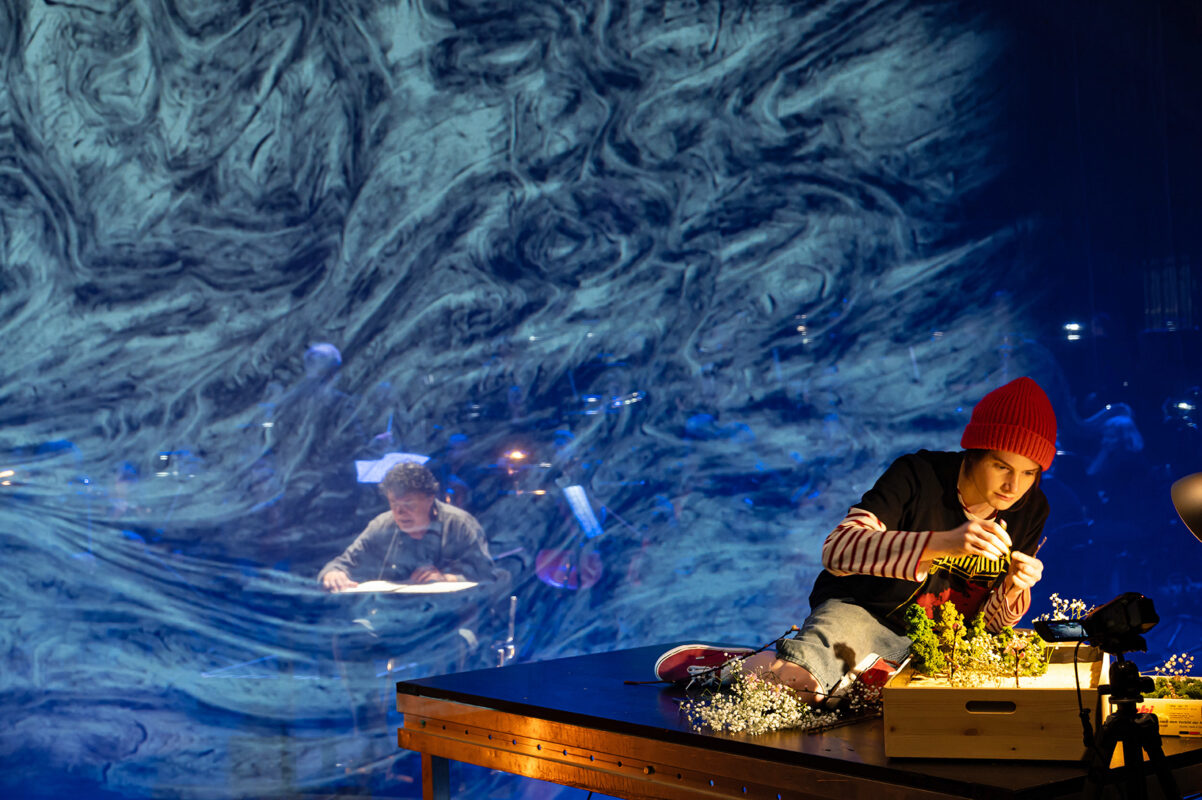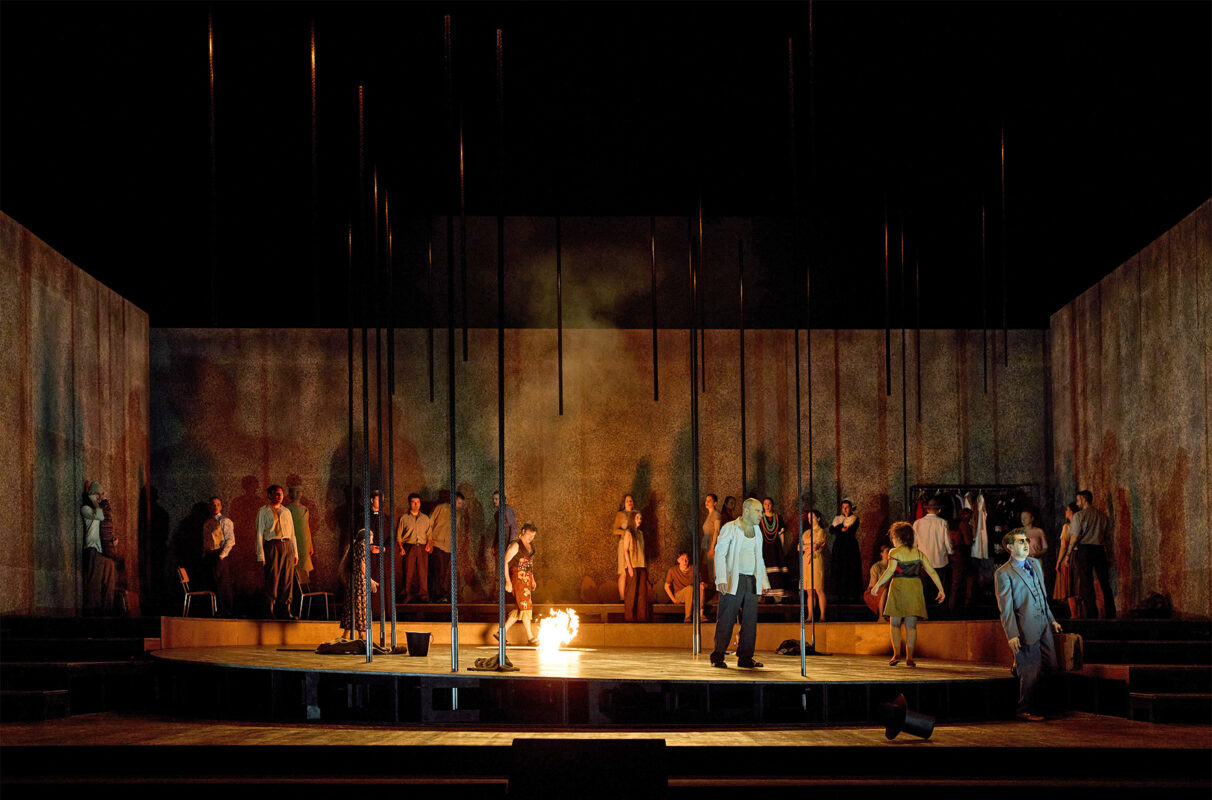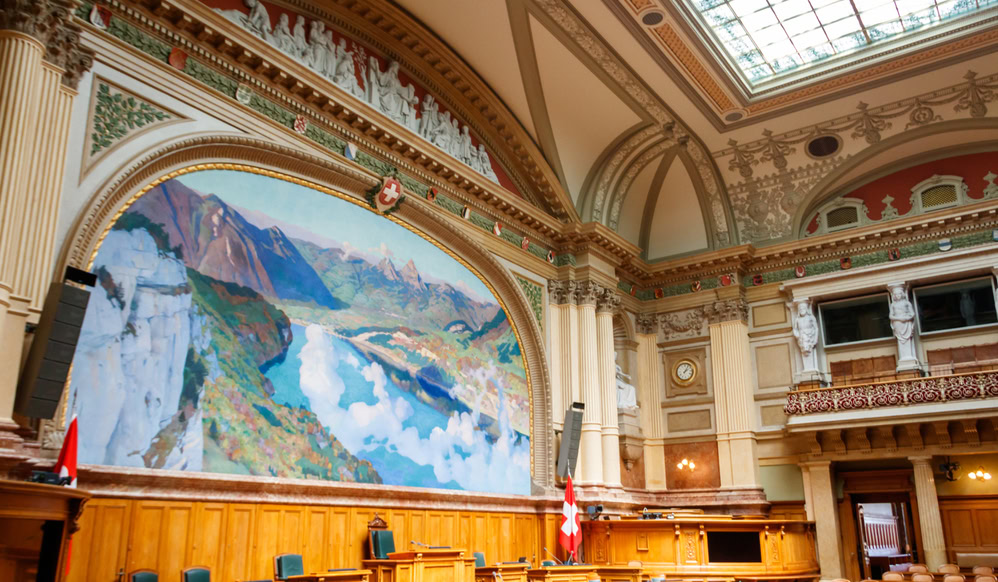SNO: With Bruckner's Third to Rome
The newly founded Swiss National Orchestra made a guest appearance at the Vatican on its first trip abroad and demonstrated its musical excellence.
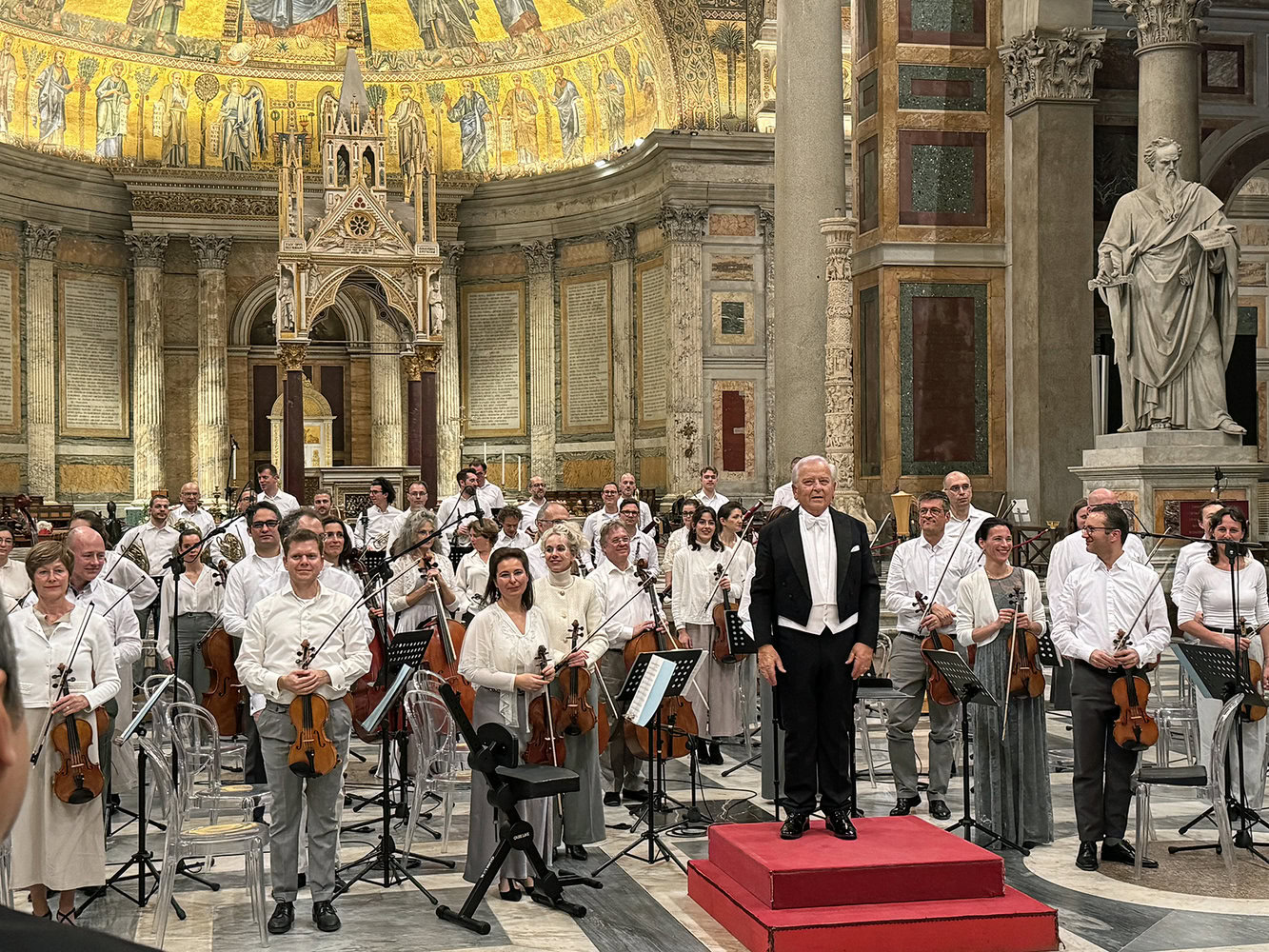
The only suboptimal thing was the acoustics in the huge Basilica of San Paolo fuori le mura in Rome. With more than five seconds of reverberation, even Bruckner, who composed his symphonies with organ practice in mind, had to capitulate in places. Otherwise, the first foreign guest performance by this new orchestra, known as the Swiss National Orchestra, or SNO for short, was a complete success. The concert took place as part of the Vatican-sponsored international festival Musica e Arte Sacra took place. With a certain amount of protocol: according to the organizers, around 2,000 visitors included political celebrities from Italy and Switzerland, including the Swiss ambassadors to Italy and the Vatican.
There's no shortage of symphony orchestras of all kinds, so why found a new one, I thought before my trip to Rome. However, the quiet scepticism with which I looked forward to the performance of the orchestra, which I had previously only heard in ominous press releases, evaporated with the first notes of Puccini's Symphonic Prelude, the second composer with a memorial year of 2024 after Bruckner. A beautifully rounded wind choir, followed by a gently blossoming string tutti - a perfect beginning that immediately captivated and made a basic characteristic of the orchestra clear: the organic interaction of the orchestral groups, carried by a common breath. The delicate opening, intoned with somnambulistic certainty, made us want to hear the orchestra play Wagner's Lohengrin-prelude or with Debussy.
Pleasurably professional
The striking presence of this opening could be heard in the five rehearsals in Basel that preceded the trip to Rome, a credit to the conductor and former Zurich opera director Ralf Weikert. His thorough rehearsals proved particularly effective with Anton Bruckner's Third Symphony, which was performed in its final version from 1889. The orchestra brilliantly fought the latent battle against the over-acoustics, which unfortunately blurred the abrupt dynamic contrasts and repeatedly obscured the structure in the massive tutti - especially in the third movement. As far as could be heard, the precision of the interplay never faltered. In the slow movement, the winds impressed with their finely coordinated playing, the long, composed reverberation of the horns sounded magical; the effect here was exceptionally supported by the acoustics. The fourth movement: a clear-cut presentation of the contrasting musical characters, pure high energy and a striking conclusion to the symphonic events.
The concert in Rome was an artistic success. The reasons for this lie not only in the disciplined preparation, but also in the professionalism and, not least, in the joy of playing and the shared desire of all participants. The fact that they are a motley crew is not noticeable in their performance. The chemistry is right, and anyone who talks to the musicians will get an impression of the high spirits, if not euphoria, that prevails among them. Rahel Cunz, concertmaster of the Musikkollegium Winterthur, sums it up: "This is the first time I've played together with most of them, and I find that absolutely fascinating. They are all here voluntarily and are really enjoying it. I hope you can feel that in the audience too. We take incredible pleasure in interacting with each other. This creates a unique dynamic, and we make our beautiful music with this positive energy."
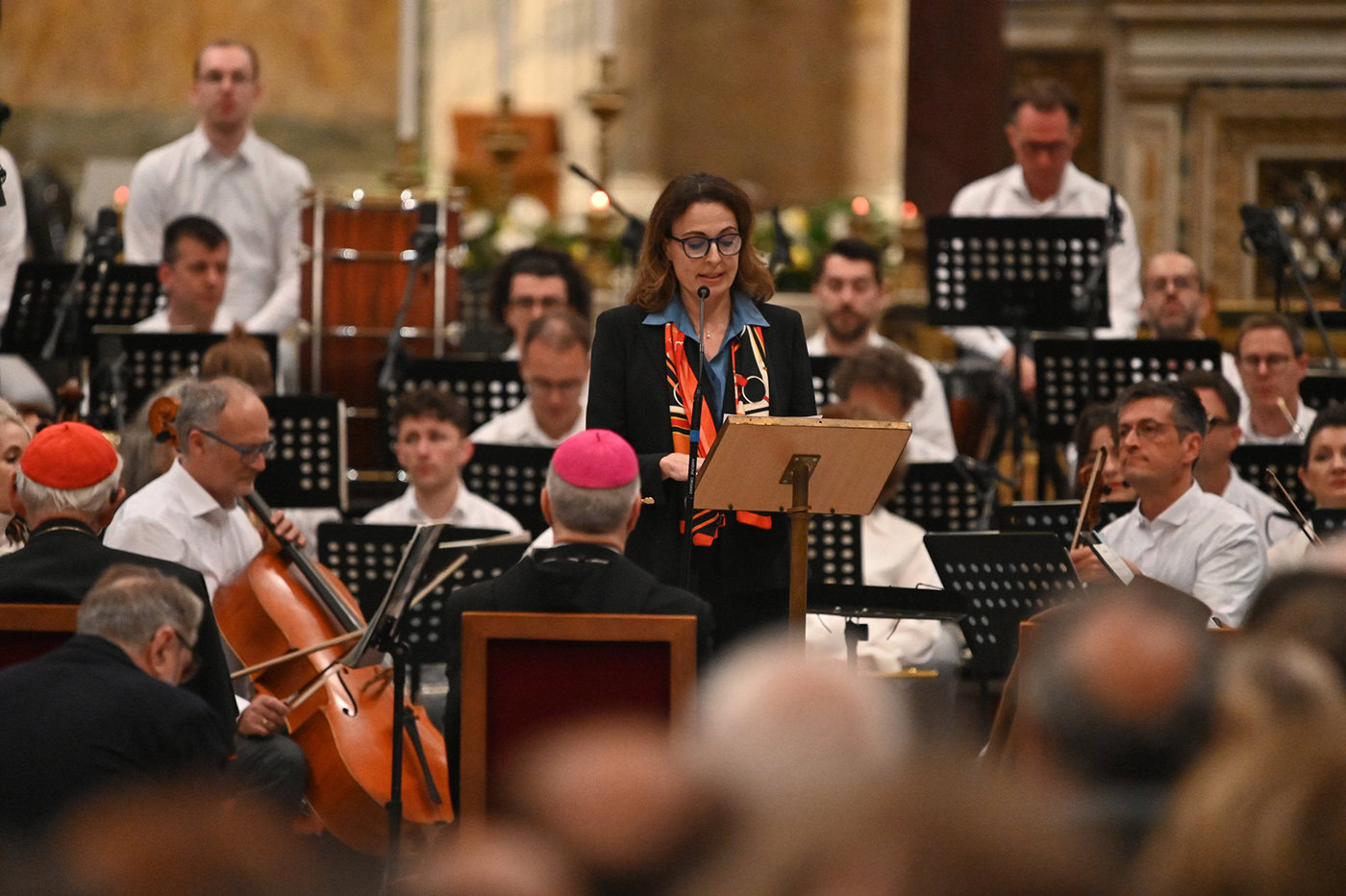
From local and international orchestras
Swiss National Orchestra: it sounds ambitious, but is based on an idea that is as simple as it is brilliant. The majority of its members are highly qualified Swiss musicians from orchestras in Switzerland and abroad, many of whom hold top positions as soloists and section leaders. In order to give young talent a chance, some talented students are also invited to take part. Among the members of the Swiss orchestras, those from Zurich, Basel, Geneva and Bern are particularly well represented; those working abroad come from the symphony and opera orchestras in Barcelona, Bergen, Lyon, Berlin, Munich and Stockholm, among others.
The beginnings of the SNO date back to 2016, when the Ticino musician and current artistic director Igor Longato made its first attempt at founding the orchestra with a few like-minded people, and after a long start-up period in which the project gradually took shape, it has now gone public in 2024 with two different programs with changing conductors. At the debut concert in Bern on August 1, 2024, it was John Axelrod, in Rome now Weikert.
Privately financed
With its flexible structure, the SNO follows the model of orchestras such as the Chamber Orchestra of Europe, founded in 1981, the Lucerne Festival Orchestra or the special ensembles for early music. In comparison with these orchestras, which are firmly anchored in the international concert scene, it is still in its infancy, but can boast the unique selling point of being "Swiss made". And with the enthusiasm of the newcomers. There are certainly opportunities for the future, not only because of the high quality of the performers, but also because of the obviously secure financial and institutional basis. Thanks to private patrons and foundations who are fully committed to the project, the orchestra is largely independent of public subsidies; the costs of the current project, amounting to a substantial six-figure sum, were also manageable in this way. In addition, there is a good network of personalities and institutions from politics and business, which can significantly expand the orchestra's radius of action both nationally and internationally.
Scoring points with music instead of just Swissness
The path to the SNO's long-term rise to the ranks of international orchestras therefore appears to be paved. However, for an orchestra that does not have a permanent home and, with the exception of the annually scheduled concerts in Bern, performs at constantly changing locations, specific questions of identity also arise. Two aspects in particular are currently important. On the one hand, there is the image. The orchestra's public relations work to date has sold it short; the website is rudimentary, the press releases show little understanding of the genuinely artistic aspects of the company and primarily emphasize the protocol function. Without appropriate communication skills, however, it will be difficult for the orchestra to gain the position in the music business that it deserves.
And then there's the Swiss connection: less ostentatious Swissness would probably bring in more. Comparisons with Swiss branded goods such as watches and national team football obscure the focus on the core business, and that is music. It is not an export product like any other. The desired role of the orchestra as a musical ambassador for Switzerland will be all the more successful the more it can shine artistically. The advertising effect will then be self-evident and does not need to be publicized. The prerequisite is programming that allows it to compete with the big orchestras, as in the case of Bruckner. There should be no shortage of works with a Swiss connection, from Mendelssohn and Brahms to Rachmaninov, Stravinsky and beyond. And unlike the Nati, they are not in a slump.
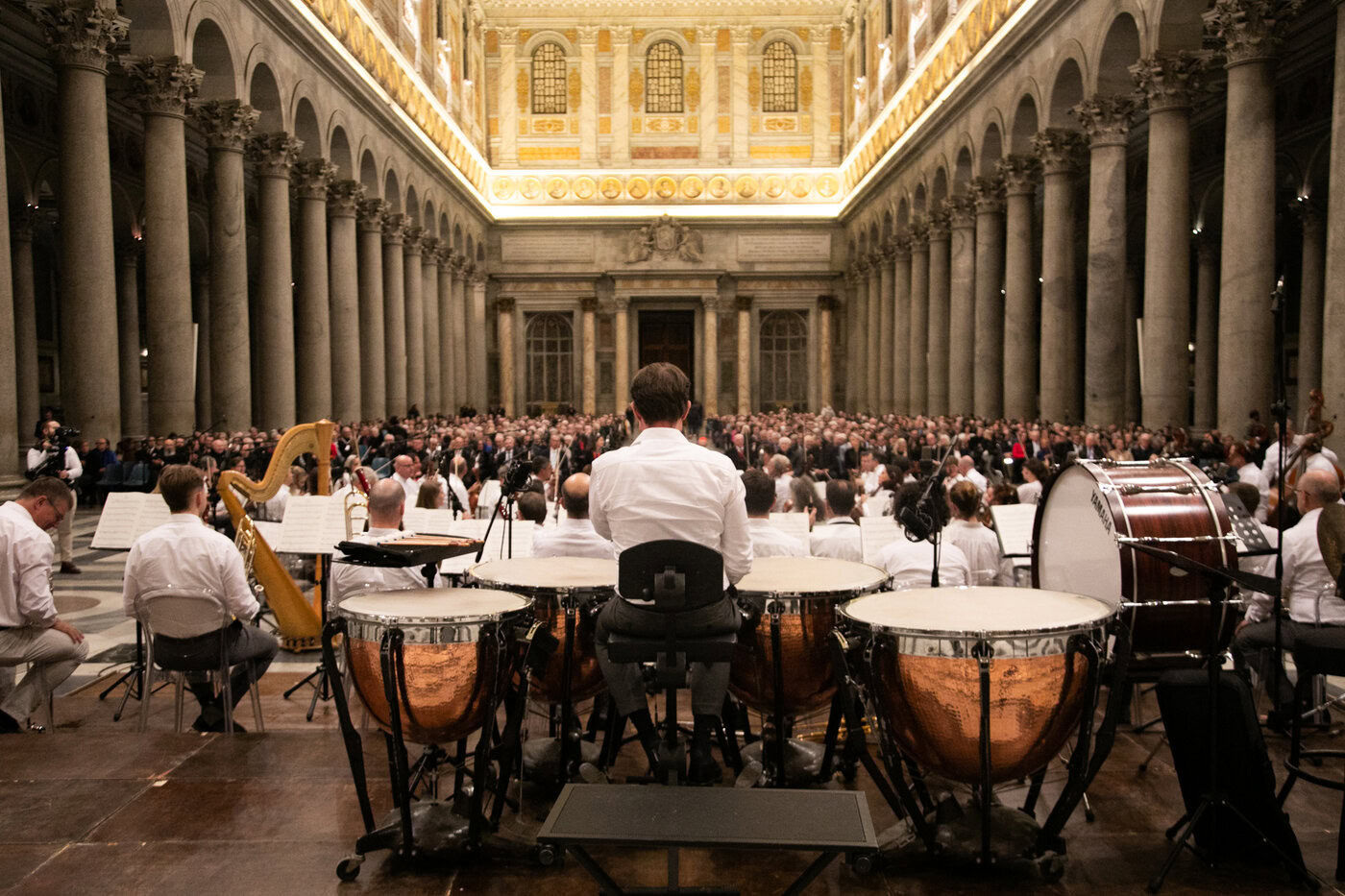
___________________________________________________________
Transparency notice:
The trip was organized at the invitation of the orchestra.
Website of the Swiss National Orchestra: https://sno.ch
Website of the author Max Nyffeler: https://beckmesser.info






